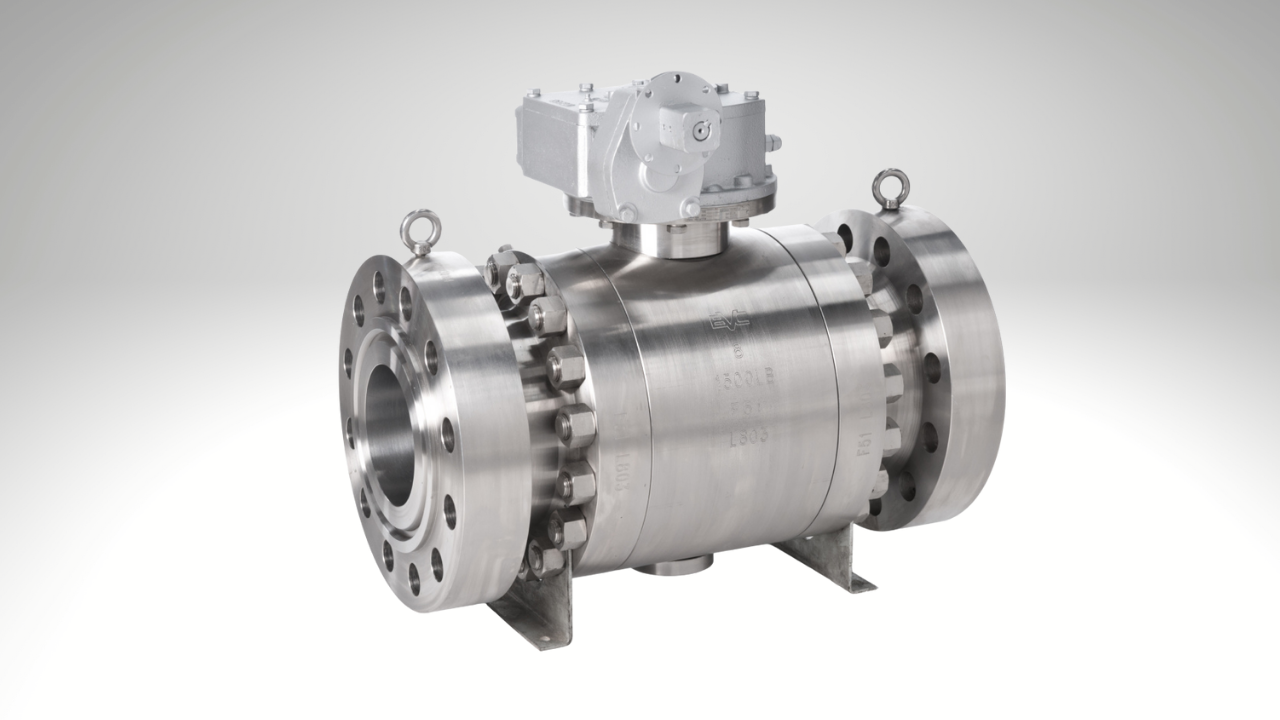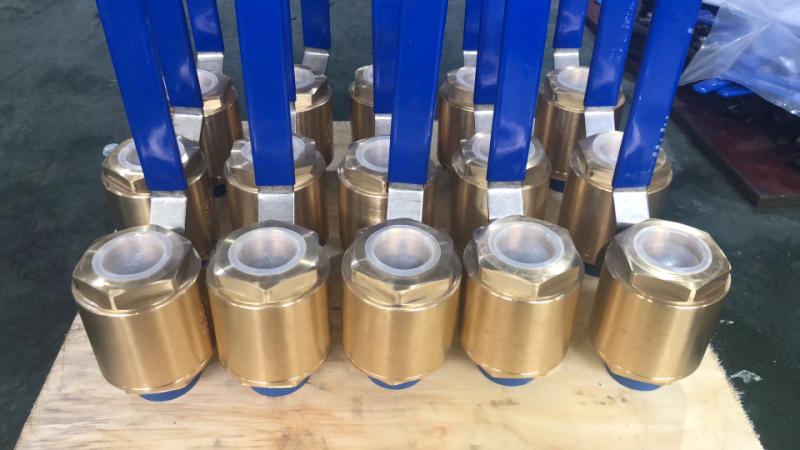
Head Office & Factory
Ave 3,BinHain Technology Development Industrial Area. Wenzhou China
Request a Quote
info@zhelivalve.com

Contact
info@zhelivalve.com +86057786009305
Working Hours
We are happy to meet you during our working hours. Please make an appointment.

Head Office & Factory
Ave 3,BinHain Technology Development Industrial Area. Wenzhou China
Request a Quote
info@zhelivalve.com

Contact
info@zhelivalve.com +86057786009305
Working Hours
We are happy to meet you during our working hours. Please make an appointment.
BALL VALVE
Ball valves; The fluid passage is prevented by turning a ball, which is balanced between two gaskets, mostly elastomer (may also be metal, depending on the need) placed at the end of a shaft, with one or more holes in the middle, on the fluid passage hole axis, and turning the hole (holes) open or closed to the passage. they do their job by cutting and opening them. It is preferred that they work as fully open or fully closed. They are not suitable for precise flow control.
Advantages:
– They provide free and comfortable passage of fluid.
– Especially in 2-way valves, the pressure drop is very low. The armature is one of the valve types with the lowest flow resistance.
– They are comfortable to use.
– They can be used with actuator.
– They are also suitable for gaseous fluids. “0 leakage” can be achieved, especially with the use of elastomer seals.
– Flow is possible from both sides of the valve.
Weaknesses:
– Due to their structure, their weight is high.
– The larger the nominal size, the more expensive the prices are.
– There is dead volume between the sphere and the inner cavity of the body.
– Sudden on-off can create water hammers.
– Valves with elastomer seals have relatively low operating temperatures, depending on the temperature resistance of the elastomer.
Fluid Type:
Clean, non-solidifying, neutral or aggressive liquid and gaseous fluids
Flow Direction:
Flow in both directions is possible with two-way shut-off valves. In 3 and 4 way valves, the flow direction is indicated.
Usage places:
Hot and Cold Water Installations, Natural Gas-Oil transportation main lines, Gas distribution Installations, Compressed air installations, Petrochemical Plants, Machinery Manufacturing, Special Vehicle Manufacturing, Paper Manufacturing, etc.
Drive Type:
By manual, motorized, hydraulic, pneumatic actuators.
Rated Dimensions:
It can be from DN 8 to DN 1500.
Rated Pressure:
It can be increased up to PN 500. However, they are generally produced up to PN 40.
Operating Temperature Range:
It can expand from -275C to +800C. However, they are generally manufactured for the –20C and +150C range.
Body Material:
Copper alloys (Brass, Bronze), Cast Iron, ductile iron, steel and stainless steel, Steel and Stainless Steel, Duplex, Super Duplex, Titanium, Aluminum, Ceramic, PVC, PP, PTFE
Sealing gasket material:
Metal material such as Various Elastomers (PTFE- Teflon, NBR, etc.), Graphite, Ceramic, Nickel alloys
Type of Connection to Installation:
Screwed, Flanged, Welded, Jointed.
Some relevant product standards:
TS 3148, TS 9809, DIN 3357, DIN 3441- 3442, API 6D, BS 5159, BS 5351
Ball Valve Types:
a) According to the through hole size:
– Full bore valves: Through hole; Valves that provide a smooth flow without turbulence, with a diameter determined very close to the nominal size of the valve given in the standards and generally expressed in mm, depending on the nominal size of the valve.
– Valves with narrow (reduced) passage: Through hole; Valves with a given diameter less than the nominal size expressed in mm and generally one smaller than the valve nominal size
of the aforementioned types;
Advantages:
Since the through hole of full-bore valves is very close to the inside diameter of the pipe they are connected to, they show a very low flow resistance in the fully open position of the valve and keep the total resistance factor of the system at a low level.
Reduced bore valves are lighter and cheaper as a smaller globe can be used. Although the resistance factors are higher than the full bore valves, they can be used easily in places where there is no need to use a large number of valves, since they remain at a lower level than other types of valves.
Disadvantages:
In narrow-pass valves, turbulence occurs and valve resistance factor increases as the flow follows a path that first narrows and then widens again. This increase means greater pump head and increased energy consumption in parallel with the increasing number of valves in the system.
b) According to the flow direction:
– 2 way
– 3 way
– 4 way
2-way valves are the most widely used types. 3- and 4-way valves are produced by drilling holes (holes) perpendicular to the flow axis, perpendicular to the linear through hole in the 2-way valves, and are used as distribution or mixing valves according to the connection type to the installation.
c) According to the shape of the ball bedding:
– Floating ball: These are the valves in which the ball is seated with sealing gaskets on only two sides. In the closed position of the valve, the on-off shaft is connected in a channel that allows the ball to move in the flow axis, and the fluid pressure pushes the ball towards the gasket on the opposite side, contributing positively to the sealing. Although it varies according to the nominal pressure of the valve, this type of bedding can be used up to nominal sizes of DN 100-125. They are used in applications with low pressure-temperature values.
– Trunnion ball: On the axis of the sphere perpendicular to the flow axis. These are the valves that are mounted directly connected to the shaft from the bottom and the top. The pressure force that will occur on the closed valve cross section is covered by the lower and upper bearings, not the gaskets. They are used in applications with high pressure-temperature values. When we examine a DN 150, full-through, PN 25 valve with a through hole diameter of 150 mm, if the fluid pressure is P = 20 Bar, the pressure force applied to the sphere in the closed valve is;
We see that F = [(3.14 x 152) / 4] x 20 = 3,532 kgf has reached a very high size and if this force is only met by elastomer gaskets, it can deform the gasket.
– Plate spring reinforced: By placing the sealing gaskets inside the plate spring, a positive contribution is made to the sealing by ensuring that the gasket adheres to the sphere surface in the fluid flow direction. It can be used in both “floating ball” and “mounted ball” types.
d) According to the body structure:
– One-piece: These are the types where the body is one piece and the balls and gaskets are mounted from the side (Side entry) or from the top (Top entry) and compressed. In top entry types, maintenance and part replacement can be done without removing the valve from the line.
– Two or three parts: These are the types in which the parts forming the valve body are connected to each other by screwing or by bolts, studs and nuts.
– Fully welded: After all the parts of the valve are assembled, the body parts are welded to each other and maintenance is not possible. These types are generally used at high pressures and temperatures with undesirable fluids leaking from the connections to the atmosphere.
e) According to control ability:
– Shut-off valve: Ball valves are generally of this type, and the cross section is an unobstructed hole. It is only suitable to be used fully open and fully closed.
– Control valve: These are the types that gain control capability thanks to special form holes placed in the transition section.
Application Examples:
“Fire-safe” ball valves are used in refineries, gas lines, which will continue to provide impermeability in case the elastomer gaskets melt and fail to function in case of fire. Special test standards are available for these valves. (API 607, BS 6755)




